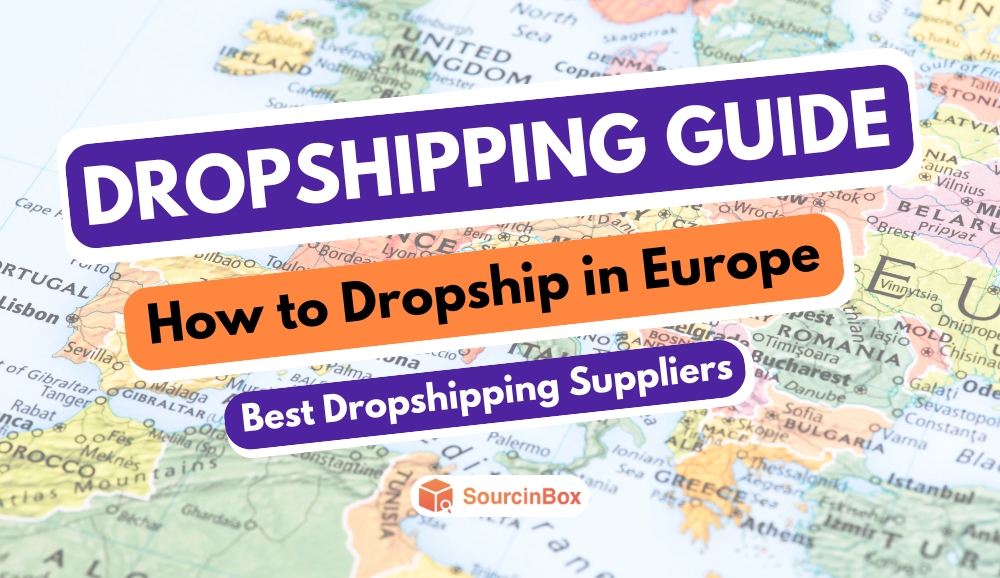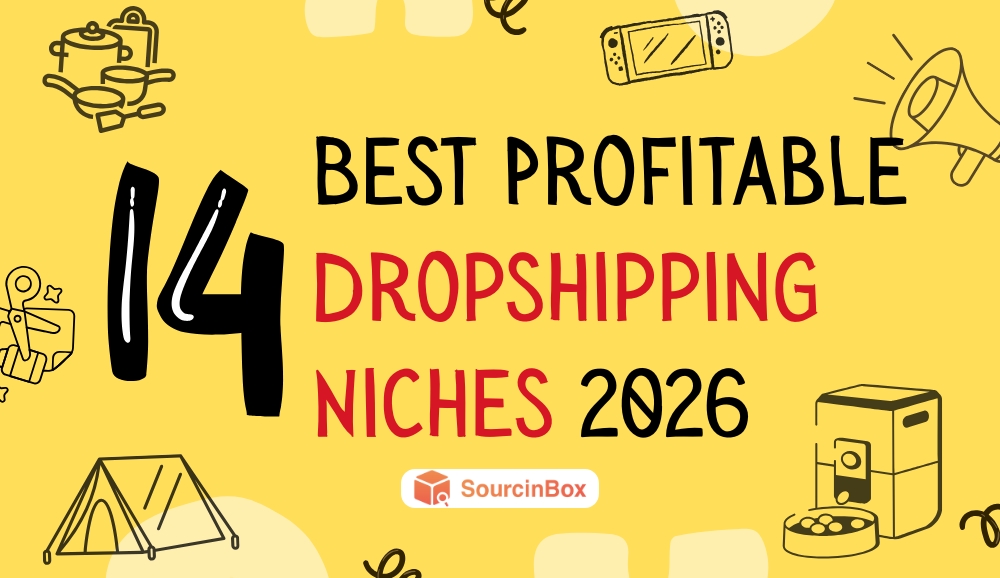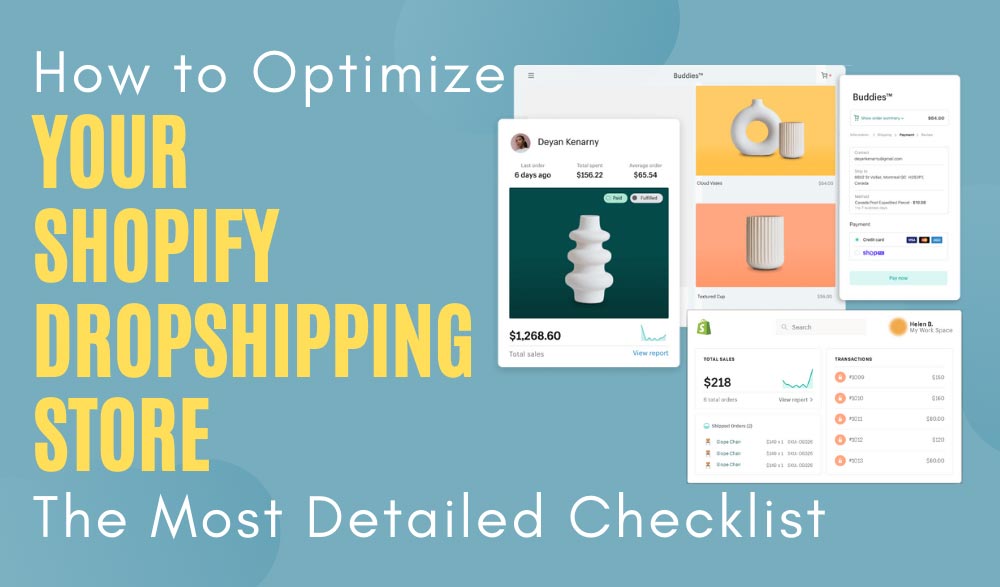Understanding E-commerce Shopping Cart Abandonment

SIB Content Team
In the digital age, e-commerce has risen dramatically, transforming the way we buy and sell products. From small businesses to multinational corporations, more and more entities are leveraging the power of the internet to reach wider audiences and increase sales.
However, running an e-commerce business is not a walk in the park. It comes with its own set of challenges, one of the most significant being shopping cart abandonment.
What is Cart Abandonment?
Cart abandonment occurs when a potential customer adds items to their online shopping cart but exits the site without completing the purchase. This leaves businesses with lost sales opportunities and abandoned shopping carts, which can be frustrating if it happens frequently.
According to Statista, the average global cart abandonment rate for 2023 was 70.19%, meaning that the majority of online shoppers leave without making a purchase. This rate is calculated by dividing the total number of completed transactions by the total number of initiated transactions. The result is a clear indicator of lost opportunities and revenue for businesses.
Why Do Customers Abandon Their Shopping Carts?
There are several reasons customers might abandon their shopping carts. Understanding these reasons can help businesses devise strategies to tackle this issue. Some of the most common reasons include:
Required Account Creation
Creating an account before being able to complete the checkout process is a common practice among e-commerce sites. However, this can be a hassle for customers who just want to make a one-time purchase or are not comfortable sharing their personal information. It adds an extra step and might require them to remember yet another login credential, leading to an abandoned shopping cart.
Complicated Checkout Process
A complex and time-consuming checkout process can be a major deterrent for customers, leading to cart abandonment and lost sales opportunities. Designing a checkout process that does not follow the logical sequence or asking for too much information can be frustrating for customers, causing them to give up and leave the site.
Unanticipated Shipping Costs
Unexpected shipping costs added at the last stage of the checkout process can be a major deterrent for customers, resulting in cart abandonment. Businesses must be transparent about shipping fees upfront to avoid surprising customers by the end of the checkout process and potentially losing their trust and business.
Long Delivery Periods
Customers have high expectations when it comes to delivery speed. If the estimated delivery time exceeds their patience threshold, there is a risk of cart abandonment.
Limited Payment Options
One of the reasons for abandoned shopping carts is the lack of diverse and secure payment options. When customers don't have the payment method they prefer or don't feel confident about the security of their transactions, they are more likely to abandon their carts.
Security Concerns
Customers are less likely to complete the checkout process if they feel that their personal and sensitive information, such as credit card details, is not secure. Lacking an SSL certificate, having an outdated website design, and using unfamiliar payment gateways can raise red flags for customers, leading to cart abandonment.
Slow Website
In today's fast-paced world, speed and convenience are paramount. A website that takes ages to load can be incredibly frustrating for customers, potentially leading them to abandon it altogether.
How to Reduce Cart Abandonment?
While cart abandonment can be a major issue for e-commerce businesses, several cart abandonment solutions can help reduce it:
Simplify the Checkout Process
Streamlining the checkout process and minimizing the number of steps involved allows you to effectively motivate customers to finalize their purchases. Simplifying the process not only enhances the overall user experience but also reduces friction, increasing the likelihood of successful transactions and customer satisfaction. This optimization strategy is crucial for driving conversion rates and boosting revenue.
Add Forms of Payment
By offering a diverse range of payment options, you can accommodate various customer preferences and streamline the checkout process. This not only enhances customer satisfaction but also ensures a seamless and convenient payment experience. From credit cards to mobile wallets and more, providing multiple payment methods can significantly improve the overall shopping experience and drive customer loyalty.
Offer Guest Checkout Options
Enabling customers to check out as guests, without the need to create an account, can significantly reduce cart abandonment rates. This streamlined process provides a seamless and convenient experience, enhancing customer satisfaction and ultimately boosting conversion rates.
Add a Checkout Progress Tracker
Including a visible progress tracker during the checkout process can provide customers with reassurance by showing them the estimated time required to complete their purchase. This transparency helps enhance the overall user experience, increasing customer satisfaction and reducing any potential frustration.
Offer Free Shipping
Offering free shipping is a compelling incentive that has the potential to greatly influence customer purchasing decisions. By removing the additional cost of shipping, it encourages customers to follow through with their purchase, ensuring a seamless and satisfying shopping experience.
If you're having trouble reducing your shipping costs, you can always work with a drop-shipping agent that can ship your items directly to customers, eliminating the need for you to handle or store inventory. The savings you generate can be passed onto customers in the form of free shipping, helping you decrease cart abandonment rates.
Improve Website Security
One effective way to address customers' security concerns is by prominently displaying security badges and ensuring the use of secure payment gateways. By doing so, you can instill confidence in your customers and provide them with the peace of mind they need while making transactions.
Provide Social Proof Signals
Customer reviews, ratings, and testimonials play a crucial role in building trust and influencing purchasing decisions while shopping through social media. By providing social proof and valuable insights, they help potential customers make informed choices. These authentic experiences create a sense of confidence and reliability, ultimately driving sales and fostering long-term customer relationships.
Improve Website Speed
Optimizing the loading speed of your website is crucial for enhancing the user experience and minimizing cart abandonment. A fast-loading website not only keeps visitors engaged but also boosts conversions and customer satisfaction. Make sure to implement efficient techniques such as caching, image optimization, and code minification to maximize your website's performance.
Reduce Your Cart Abandonment Rate
In the dynamic world of e-commerce, understanding and addressing cart abandonment is crucial. By identifying the reasons behind abandoned shopping carts and implementing effective strategies, businesses can dramatically improve their conversion rates and boost their bottom line. It's all about understanding your customers' needs and expectations and providing them with a seamless, secure, and satisfying shopping experience.











